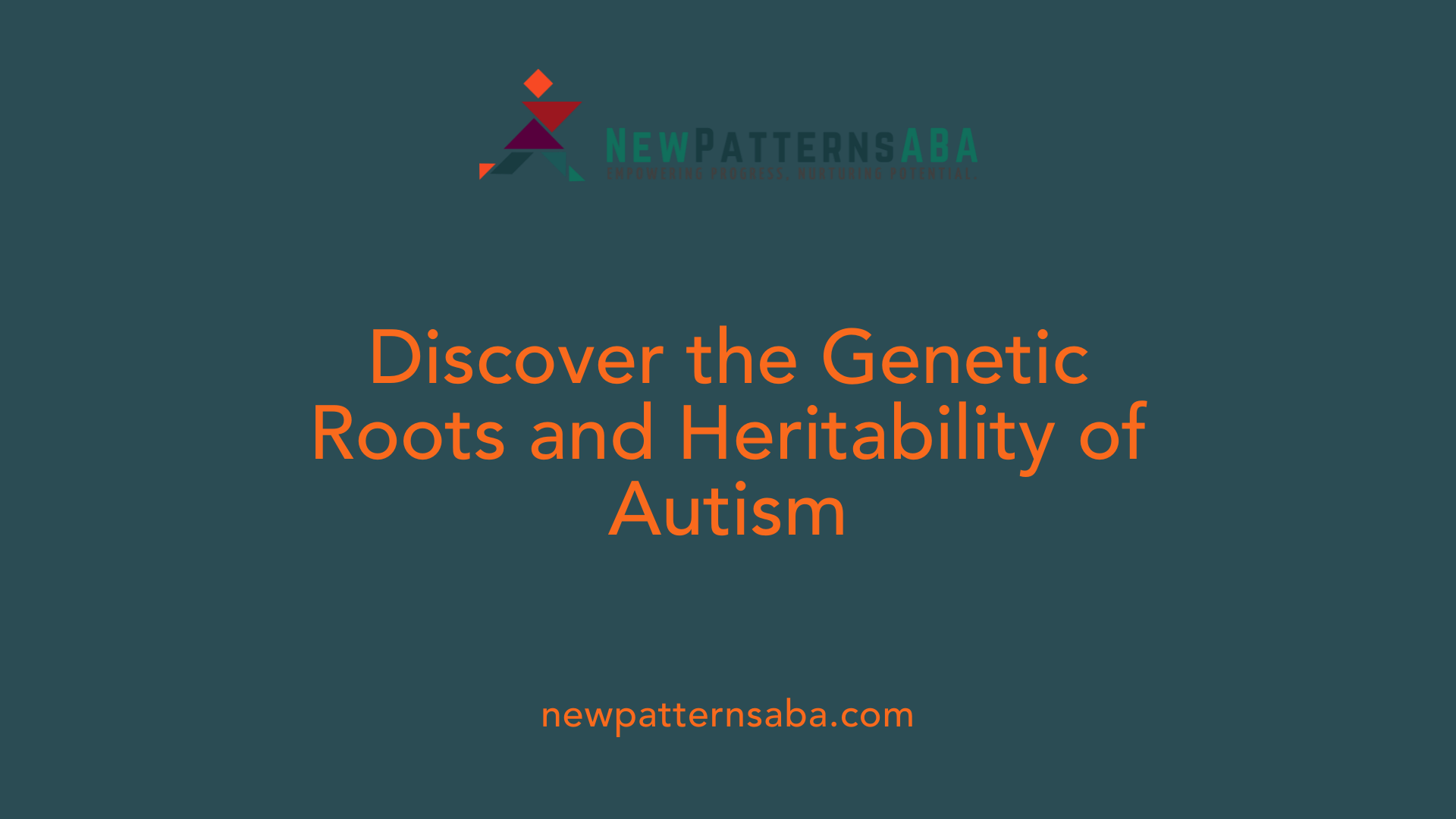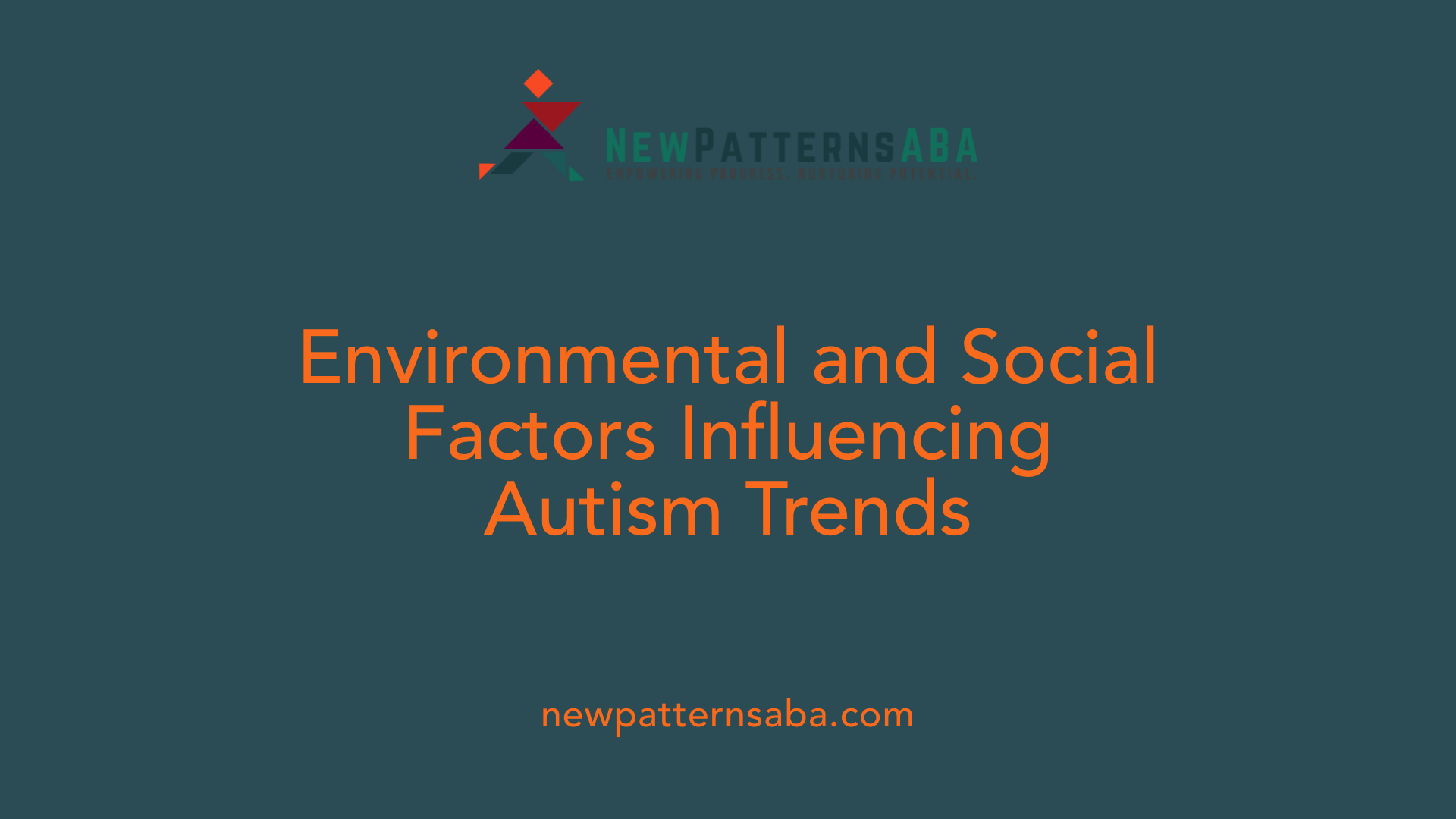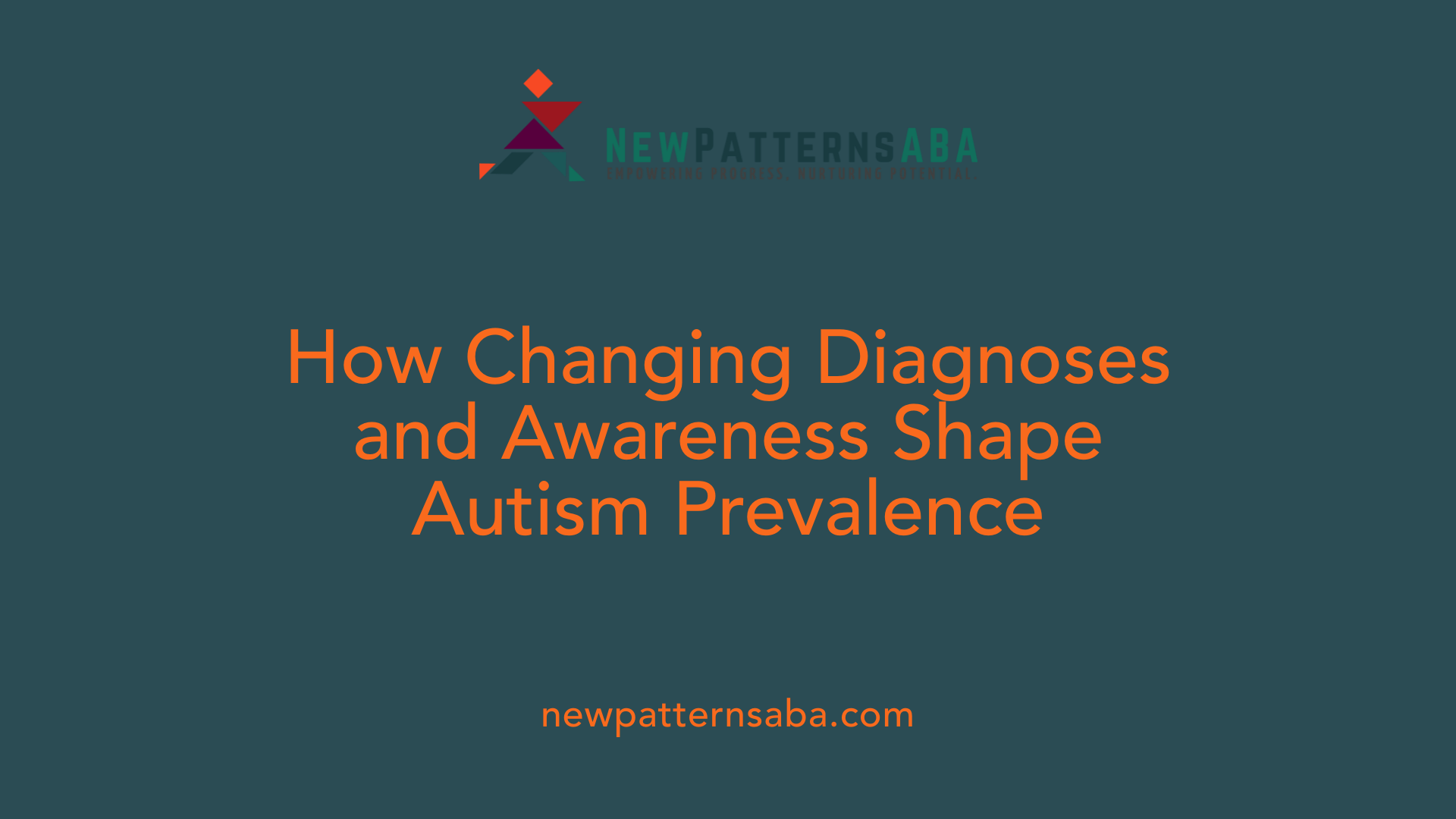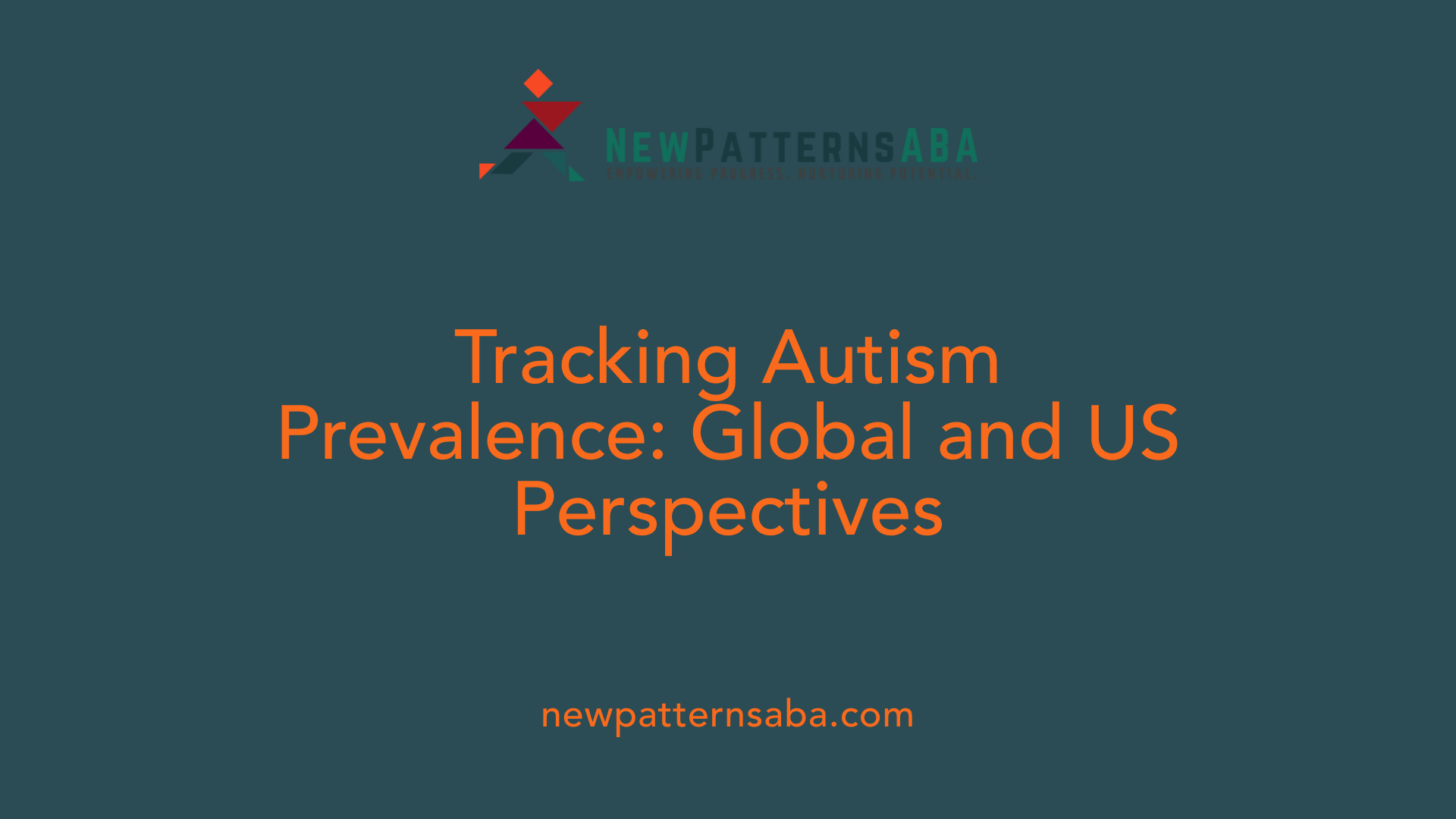Understanding the Complex Dynamics behind Autism Prevalence
Over recent decades, the prevalence of autism spectrum disorder (ASD) has surged globally, sparking debates about whether this abrupt increase reflects a true rise in cases or is primarily due to improved detection and changing diagnostic practices. This article delves into the multifaceted factors influencing autism’s apparent rise, examining genetic, environmental, societal, and diagnostic elements that shape current trends.
Genetic Foundations and Heritability of Autism

How much has autism prevalence increased over the last 20 years?
Over the past two decades, autism diagnoses in the United States have surged notably. The prevalence among 8-year-olds jumped from about 1 in 150 children in 2000 to approximately 1 in 31 children in 2022, marking a nearly 4.8-fold increase. Overall, surveillance data shows a 175% rise in autism diagnoses, with significant increases across different age groups, genders, and ethnicities. This trend reflects improved detection and awareness, alongside possible actual increases in prevalence.
What are the main factors contributing to the rising rates of autism?
A substantial component of the rise can be attributed to genetics. Heritability estimates for autism range between 60-83%, making it one of the most inheritable neurodevelopmental conditions. Researchers have identified over 100 genes linked to autism, with many involving mutations such as copy number variations which can disrupt normal brain development.
Inherited traits and family history also play crucial roles. Children with siblings diagnosed with autism are at a much higher risk, revealing the strong genetic contribution. Specific genetic mutations, including those in genes like FMR1 and MECP2, have been connected to autism spectrum disorder. Environmental factors, while still under study, include prenatal exposures and parental age, further influencing risk.
What is the evidence that increased autism diagnoses reflect true prevalence versus detection and diagnostic changes?
Much of the increase in autism diagnoses is due to shifts in how conditions are detected and classified. Studies suggest that diagnostic practice changes and broadened criteria account for up to 60% of the rising rates. Better screening tools now identify milder cases that previously went unnoticed.
Improvements in awareness among healthcare providers, educators, and parents have also contributed to earlier and more frequent diagnoses. The expansion of diagnostic categories—such as the integration of Asperger’s syndrome into autism spectrum disorder in 2013—has expanded the spectrum and increased the count of diagnosed cases.
Together, these factors indicate that while more children are diagnosed today, a significant part of the trend reflects enhanced recognition rather than an outright increase in actual cases. Nevertheless, ongoing research continues to explore whether environmental factors also play a role in the true prevalence of autism.
Environmental and Social Contributors to Autism Trends
 Research indicates that environmental factors play a role in the increasing prevalence of autism spectrum disorder (ASD). Among these, prenatal air pollution has been linked to higher autism risk, especially exposure to pollutants like particulate matter during pregnancy. Maternal infections such as rubella and cytomegalovirus (CMV) during pregnancy are associated with an increased likelihood of autism in the child. Additionally, exposure to pesticides and toxic chemicals in the environment is under investigation for potential effects on neurodevelopment.
Research indicates that environmental factors play a role in the increasing prevalence of autism spectrum disorder (ASD). Among these, prenatal air pollution has been linked to higher autism risk, especially exposure to pollutants like particulate matter during pregnancy. Maternal infections such as rubella and cytomegalovirus (CMV) during pregnancy are associated with an increased likelihood of autism in the child. Additionally, exposure to pesticides and toxic chemicals in the environment is under investigation for potential effects on neurodevelopment.
Maternal health conditions, including gestational diabetes, obesity, and vitamin deficiencies, may further elevate risk levels. For instance, maternal infections and health issues during pregnancy can interfere with fetal brain development, contributing to ASD.
Parental age also impacts autism rates, with children born to older parents (both mothers and fathers) facing increased risk. Older fathers are particularly associated with higher mutation rates in sperm, which can influence neurodevelopment. Similarly, older maternal age is linked to a higher chance of birth complications, which might be factors in autism development.
Birth complications like prematurity and low birth weight are noteworthy, as they often correlate with neurodevelopmental issues like autism. Advances in medical care have increased survival among preterm infants, some of whom may develop ASD.
Changes in societal practices over recent decades, such as broader diagnostic criteria and heightened awareness, contribute significantly to rising diagnosis rates. Improved screening tools allow for earlier detection, often in underserved communities where awareness and access are improving. However, disparities still exist; minority populations historically diagnosed later but now show increasing rates due to better screening access.
In sum, the increase in autism diagnosis is likely multifaceted, involving a complex interplay between genetic predispositions and environmental influences. Ongoing research aims to clarify how these factors interact and influence neurodevelopment.
For those interested in exploring this further, searching for “Environmental influences on autism risk” can provide recent studies and reviews that deepen understanding of environmental contributions to autism.
Impact of Diagnostic Practices and Awareness

How have the evolution of diagnostic criteria influenced autism prevalence?
Over the years, changes in diagnostic standards have played a significant role in increasing autism diagnoses. In 2013, the DSM-5 consolidated several previously separate conditions, such as Asperger’s disorder and pervasive developmental disorder, under the umbrella of autism spectrum disorder (ASD). This broadened the definition allowed clinicians to recognize a wider range of behavioral and developmental presentations.
Furthermore, the diagnostic criteria have become more inclusive, capturing milder forms and diverse symptoms. These shifts mean that many individuals who might have been overlooked in the past are now identified early, leading to higher reported rates.
Are autism diagnoses increasing due to changes in screening, diagnostic criteria, or awareness?
Yes. The rise in diagnoses is largely attributable to improved screening processes, expanded diagnostic definitions, and heightened awareness among healthcare providers, educators, and parents. Routine developmental assessments are now recommended at critical ages, such as 18 and 24 months, which facilitates earlier detection.
Additionally, public health campaigns help reduce stigma and increase understanding of autism, encouraging more families to seek evaluation. These factors combined have led to a notable increase in reported prevalence, rather than an actual surge in new cases.
How have increased awareness and early screening affected reported autism prevalence?
Greater awareness has significantly improved early detection. Clinicians and parents are now more likely to recognize signs of autism at earlier ages, often through standardized screening tools. These assessments, required during regular health check-ups, especially at 18- and 24-month visits, ensure that children with milder or atypical symptoms receive timely diagnoses.
Early screening not only increases detection rates but also allows for earlier intervention, which can improve long-term outcomes. The combination of public education, screening guidelines, and clinician training has contributed to the rising numbers of autism diagnoses.
What is the current understanding of the biological, environmental, and social factors influencing autism prevalence?
Autism is understood as a complex interplay of genetic, environmental, and societal influences. Genetically, research indicates that about 80% of autism risk is inherited, involving thousands of genes that affect brain development.
Environmental factors during pregnancy and early childhood also contribute. These include maternal infections, exposure to pollutants like air pollution, and birth complications such as prematurity or advanced parental age. While these factors can influence susceptibility, they do not fully explain the increasing prevalence.
Social and healthcare factors also impact diagnosis rates. Enhanced access to evaluation services, cultural shifts in understanding autism, and reduced stigma encourage more families to seek assessments, leading to higher reported prevalence.
| Factor Type | Examples | Notes |
|---|---|---|
| Genetic | Inherited genes, gene mutations | Major contributor, about 80% heritable |
| Environmental | Maternal infections, pollution, prematurity | Under ongoing research; influence varies |
| Social | Awareness campaigns, access to services | Critical for detection and early intervention |
This multi-faceted understanding underscores the importance of continued research to unravel the complex causes of autism and improve diagnostic practices.
Global and Epidemiological Trends in Autism

How much has autism prevalence increased globally and in the US?
Over the past two decades, autism has become recognized as a more common developmental condition worldwide. Globally, prevalence estimates have risen from around 0.62% in 2012 to about 1%, with some studies suggesting even higher rates in certain populations. In the United States, data from the CDC indicates a dramatic rise from 1 in 150 children in 2000 to approximately 1 in 31 children in 2022. This nearly 375% increase is largely driven by better screening practices, expanded diagnostic criteria, and heightened public awareness. While some of this increase reflects an actual rise in some cases, much of it is attributable to improved detection and diagnostic practices.
What disparities exist in autism diagnosis across different racial and socioeconomic groups?
Despite overall improvements, disparities in autism diagnosis continue. Minority children—particularly Black, Hispanic, and Asian populations—have historically faced later diagnoses and more severe symptoms at diagnosis. However, recent trends show a narrowing of these gaps, influenced by increased access to diagnostic services and awareness campaigns.
Lower socioeconomic neighborhoods tend to report higher autism prevalence rates. This may be due to systemic barriers to early screening and intervention, leading to delayed diagnosis and greater severity of symptoms. Data reveal that children from lower-income areas often have higher rates of intellectual disabilities associated with autism. Efforts to improve screening accessibility and reduce disparities are ongoing but remain critical.
How do diagnostic and public health policies influence prevalence estimates?
Public health initiatives play a crucial role in shaping autism prevalence figures. Campaigns promoting routine developmental screening at 9, 18, and 30 months, along with policies mandating early intervention services, have significantly increased case detection.
Changes in diagnostic standards, notably the consolidation of various developmental disorders into Autism Spectrum Disorder (ASD) in the DSM-5, broadened the criteria for diagnosis. This expansion contributed substantially to the apparent increase in prevalence.
Surveillance systems like the CDC’s Autism and Developmental Disabilities Monitoring (ADDM) network provide comprehensive data on trends, emphasizing how policy and clinical practice impact reported figures. Overall, policies emphasizing early detection and inclusive diagnostic criteria have been instrumental in understanding autism's scope and guiding resource allocation.
Understanding the Rising Numbers: A Multifaceted Perspective
The increase in autism prevalence over recent decades is a confluence of improved diagnostic techniques, broader criteria, and heightened awareness. While genetic factors play a substantial role, environmental influences and demographic shifts contribute to the complexity. Importantly, these rising figures highlight the urgent need for accessible early screening, inclusive healthcare policies, and ongoing research to unravel the underlying causes. Recognizing that much of the increase stems from detection rather than an epidemic can foster more balanced public understanding and targeted support for autistic individuals across communities.
References
- The Real Reason Autism Rates Are Rising - Scientific American
- Autism diagnosis on the rise, according to trends study
- Autism diagnoses are on the rise – but autism itself may not be - BBC
- 'Autism Epidemic Runs Rampant,' New Data Shows 1 in 31 Children ...
- Autism rates rose again. Experts explain why - Science News
- Prevalence and Early Identification of Autism Spectrum - CDC
- Autism Rates Hit Record High, With One in 31 Children Affected ...
- New CDC Report Shows Increase in Autism in 2022 with Notable ...
- Autism rates are up, but is it really on the rise? | Science | AAAS





